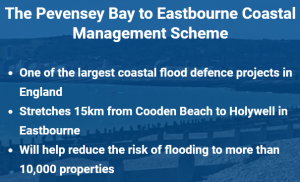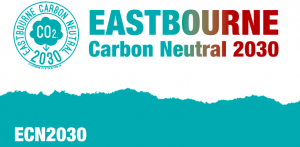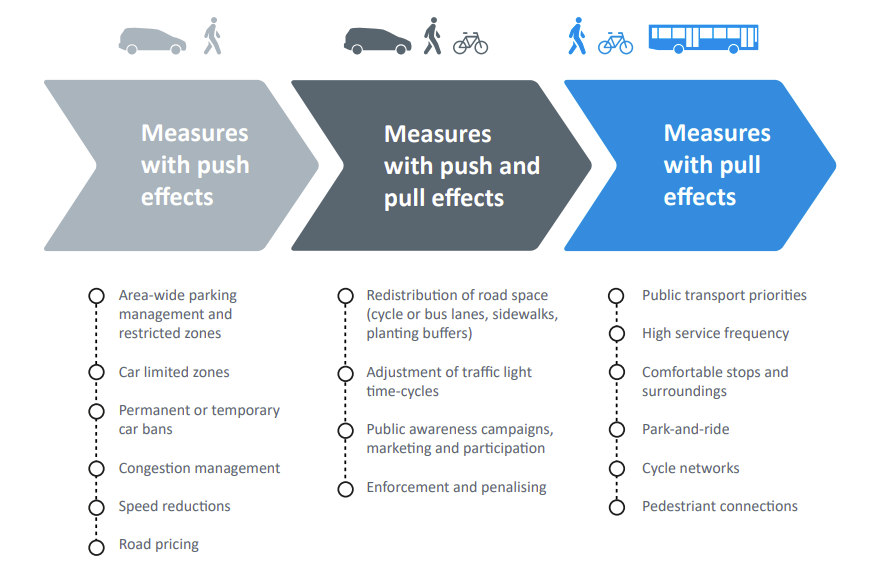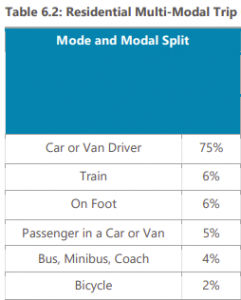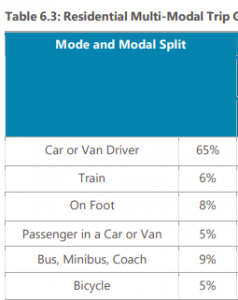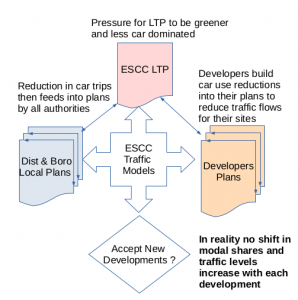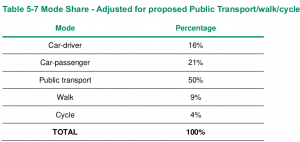This guest blog is from Miles Berkley, who was one of the co-founders of the Eastbourne ECO Action Network CIC, and is a Director of TechResort CIC which works from its base in Devonshire Ward helping to tackle digital exclusion, here and across East Sussex. He’s also a member of the multi-agency Lewes District Cost of Living Partners Action Group, and is a subscribing member of Friends of the Earth.
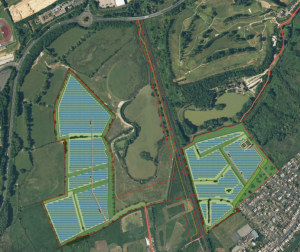
Setting The Context:
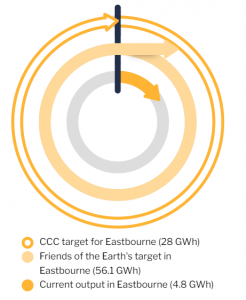
Friends of the Earth notes the need to increase at a minimum the amount of locally generated renewable energy in Eastbourne from about 4.8 GWh currently to 28GWh i.e. 5.8 times present levels (UK Climate Change Committee). In fact, Friends of the Earth recommends we go further to reach 56.1 GWh. For more details, look here: https://groups.friendsoftheearth.uk/near-you/local-authority/eastbourne#energy
The Eastbourne Borough Council Carbon Neutral Annual Report (Dec 2023) reveals that the town’s emissions in 2021 rose 6% from 2020 levels to 277.4 ktCO2e, the main source of which is domestic buildings, closely followed by transport. Eastbourne Borough Council has pledged to achieve a carbon neutral town by 2030, which the Tyndall Centre at the University of Manchester states that it requires an overall reduction of emissions by 12.3% per year – which is not being achieved.
We are experiencing the destabilising effects of accelerating global warming with more extreme weather events: storms, flooding, heatwaves, wildfires – all devastating the habitats of every species. We need to rapidly scale up action to decarbonise our energy sources, moving away from fossil fuels, as well as improving the UK’s national energy security.
Biodiversity Net Gain – improvements needed.
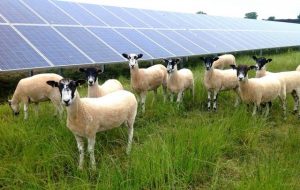
The present proposal presents a Biodiversity Net Gain (BNG) of between 24-29% based on the creation of new habitats and water courses, plus the addition of 11.51 new hedgerow units.
In comparison, another similar sized local development of 17MW (compared to 20MW for Suncoast) achieved a 243% net gain in habitat areas, and 104% in hedgerows. This, the Ouse Valley Solar Farm, is supported by Greenpeace.
The Cleve Hill Solar Farm (373MW) development on the North Kent Coast achieves a 65% BNG and is supported by Swale Friends of the Earth Group. The latter development achieved this by reducing the overall area covered by solar panels to 45.5% of the developable area, leaving the remaining arable land to be managed for biodiversity benefits.
The Berwick Solar Farm in Wealden has, for example, installed a Swift Tower, orchards, and thermosolar beehives.
The developers need engage the professional opinion, and support of, local ecologists to conduct further studies, to obtain detailed expertise regarding the site, and to help oversee the delivery of a far-reaching and rigorous biodiversity net gain management programme. Preferably, they could work with Sussex Wildlife Trust which advised the Berwick Solar Farm, and possibly Buglife, who also provide specialist advice to realising the biodiversity of solar developments.
This proposal should seek to improve the BNG target, either through reducing the density of solar panels on the existing developable area and/or including other areas within the proximity for biodiversity investment, as done at Cleve Hill.
Local Community Benefits – needs a clear, significant, and defined local gain.
The proposal indicates that a Community Benefit Fund may be created but falls short of specifying the financial contribution envisaged, or the process for managing this, and does not set out transparently the financial gains to the developer, or landowner (Chatsworth Estate/Duke of Devonshire).
Suncoast state that the 20MW capacity can supply c6.400 homes. They use a metric of 2,900 kWh per home (slightly higher than the Ofgem average of 2,700 kWh consumption of electricity). The Energy Stats portal, which monitors the wholesale market price of energy, indicates the average price is currently around 10p per kWh – which if achieved would result in a minimum annual income to Suncoast of £1,856,000 annually, though market prices fluctuate e.g. prices have been twice or three times this level during the past 12 months, this could result in a turnover of c£4-6 million per annum.
From this the developer would need to repay the capital costs, say £424,000 per annum (£16 million capital investment at 6% interest depreciated over the 40 years expected lifespan) less other costs such as network connection fees, business rates, maintenance and rent to the landowner. If the development achieved an average net margin of say c20% of turnover, this could result in a net profit somewhere between £360,000 -1,080,000 each year (depending on market prices)
This speculation goes to the heart of the difference of this type of commercial development compared to a community energy scheme where the financial profile is more transparent, and the community benefit better defined. It would be beneficial for Suncoast to share its financial forecasts.
Level Up our deprived parts of town in a targeted and direct way
This proposal needs to recognise the financial wealth historically extracted from Eastbourne by the Chatsworth Estate (valued at some £905 million) together with opportunity to “level up” those parts of the town which are most deprived, from the latest LSOA data i.e. these are Hampden Park, Langney, the northeast of town centre, Roselands, and Devonshire Ward.
Given the historical perspective, and depth of the local need I suggest that a minimum fund of £5,000-10,000 per MW annually is provided by Suncoast i.e. £100,000 -200,000 each year. With the fund to be administered by a board of local constituted third sector grassroots organisations directing the funds to tackle deprivation in all its manifestations (energy and food poverty, homelessness, digital exclusion, and other aspects of deprivation) in these areas. This would augment and better target the now much reduced Eastbourne Borough Council Devolved Ward Budget Scheme.


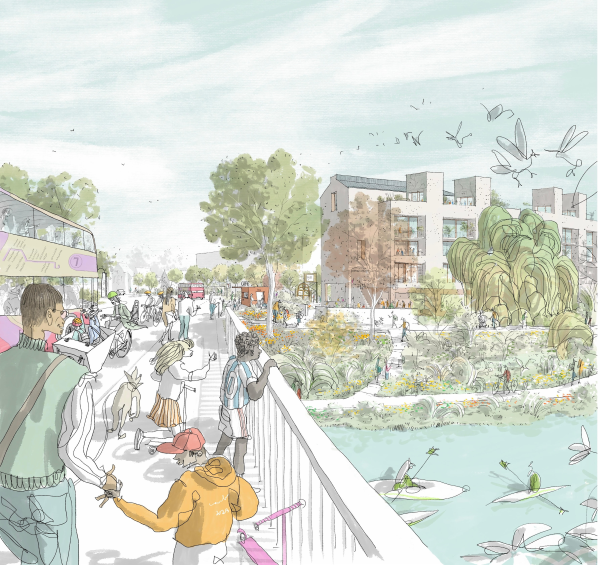


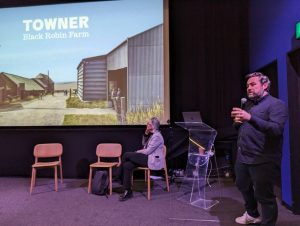 October, Eastbourne Borough Council submitted plans to the South Downs National Park Authority for its proposed
October, Eastbourne Borough Council submitted plans to the South Downs National Park Authority for its proposed 